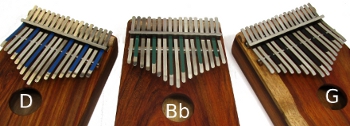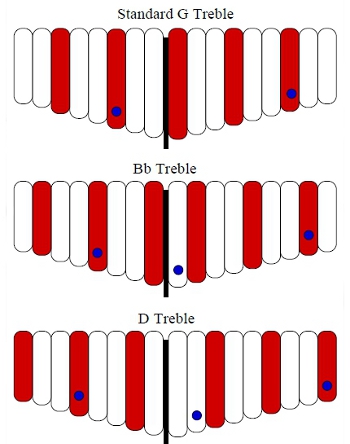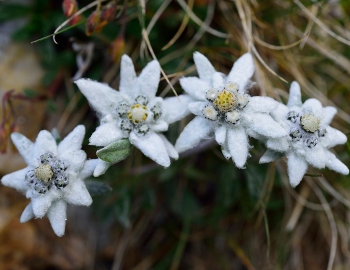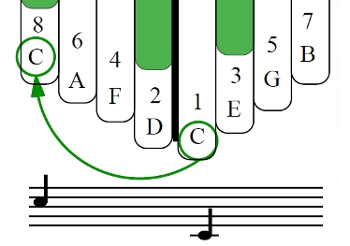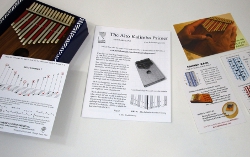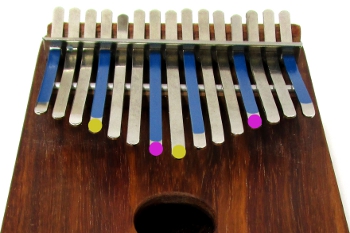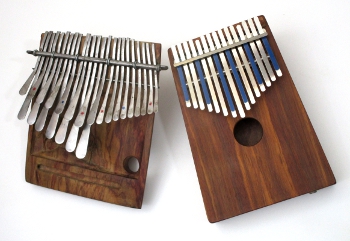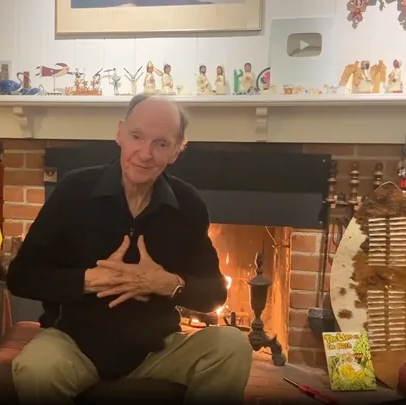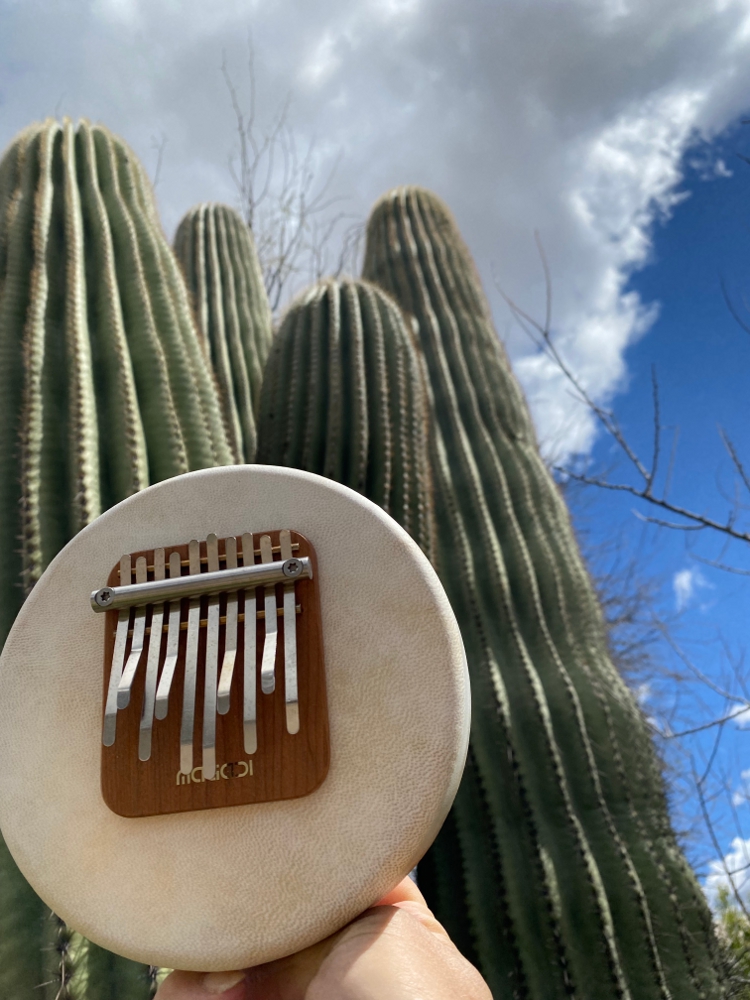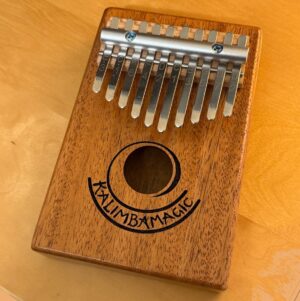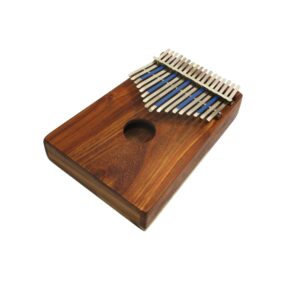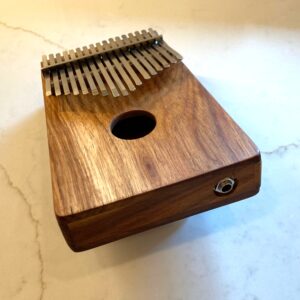
Spotify Playlists with Cool Songs in G, B flat, and D
Chill, Listen to the playlist that matches your kalimba key, and jam along! Click a playlist below and jam along! My life changed when I lost my record turntable 20 years ago – I basically stopped listening to music. For me, this turned out to be a good thing, because the music-generating radio station “KMRK” started broadcasting 24 hours a day inside my head. I am always creating new music, or recycling and recomposing Katy Perry. But that isn’t the point of this post. Rather, I have discovered Spotify (maybe late to the party, but better late than never!) And I have rediscovered my love of listening to recorded music
